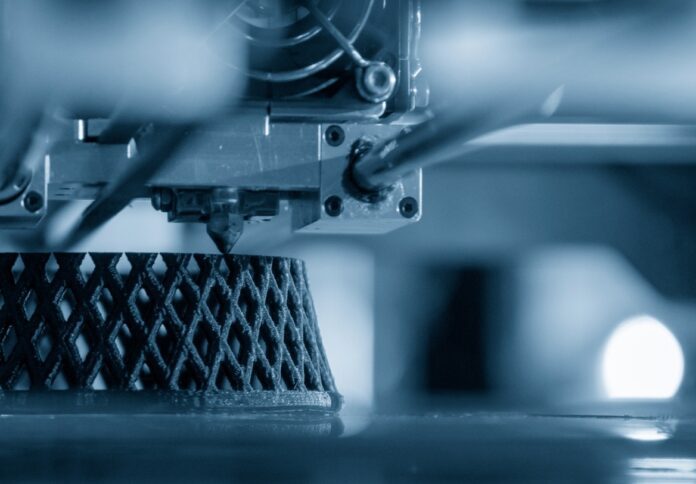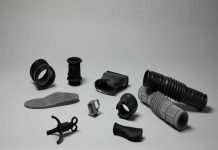
A $271 million initiative to establish the Additive Manufacturing Cooperative Research Centre (AMCRC) is poised to reshape Australia’s manufacturing sector and strengthen the nation’s competitiveness in sustainable and advanced production technologies.
The industry-led AMCRC will bring together 101 partners from across industry, research, and government to drive innovation in additive manufacturing, commonly known as 3D printing.
The Commonwealth Government has committed $58 million towards the project, as revealed in a news release.
Simon Marriott, director and AMCRC Bid Lead, said the timing of the initiative aligns with growing demand for sustainable and efficient manufacturing practices.
“Additive manufacturing is one of the most significant technological advancements in manufacturing that is reshaping industries by enabling the rapid creation of complex geometries and customised products across all sectors, including defence, aerospace, healthcare, automotive and construction,” Marriott said.
He added that the sector has evolved dramatically over the past decade. “This evolution has shifted the AM landscape from targeted prototyping and small-scale production to full scale commercial production. It is now transforming industrial processes and supply chains, resulting in reduced lead times and material costs, ushering in a new era of efficient and sustainable manufacturing.”
The initiative has attracted strong support from both major players and small-to-medium enterprises, with 73 manufacturing SMEs, Boeing, and three industry associations already on board to adopt and scale AM technologies.
Matthew Wall, Additive Manufacturing and Innovation Lead at Boeing Aerostructures Australia, emphasised the importance of industry and research collaboration.
“Boeing is committed to advancing AM technologies, recognising its pivotal role in the future of aerospace production. AMCRC will allow for greater collaboration with Australian technology developers and researchers to strengthen Australia’s AM capabilities for emerging technologies in the areas of AM tooling and materials,” Wall said.
The Australian Manufacturing Technology Institute Limited (AMTIL), the peak body for manufacturing technology, also welcomed the initiative.
“Technologies like AM present an unparalleled pathway to developing the manufacturing industry in Australia,” said Lorraine Maxwell, AMTIL CEO and AMCRC Director.
According to Marriott, building a skilled workforce to support the growing AM sector will be key to its success.
“A skilled workforce capable of harnessing the latest AM technologies will be essential to achieving this,” he said.
“Australia’s AM researchers rank 5th in the world, and with 13 universities and CSIRO contributing to AMCRC, there is tremendous potential for workforce development through industry-led PhD programs, increased student enrolment in undergraduate courses, and expanded access to vocational training.”
AMCRC Chair Susan Jeanes said the level of investment and collaboration reflected strong national support for the program’s vision.
“AMCRC has secured $271 million in funding from industry, research and government over seven years. This investment will empower Australia’s manufacturing sector to tap into the country’s unique AM research expertise—unlocking new opportunities for innovation, collaboration, and market expansion,” Jeanes said.
“This support positions Australia to take the lead in what is expected to be one of the most significant transformations in global manufacturing in decades.”




















